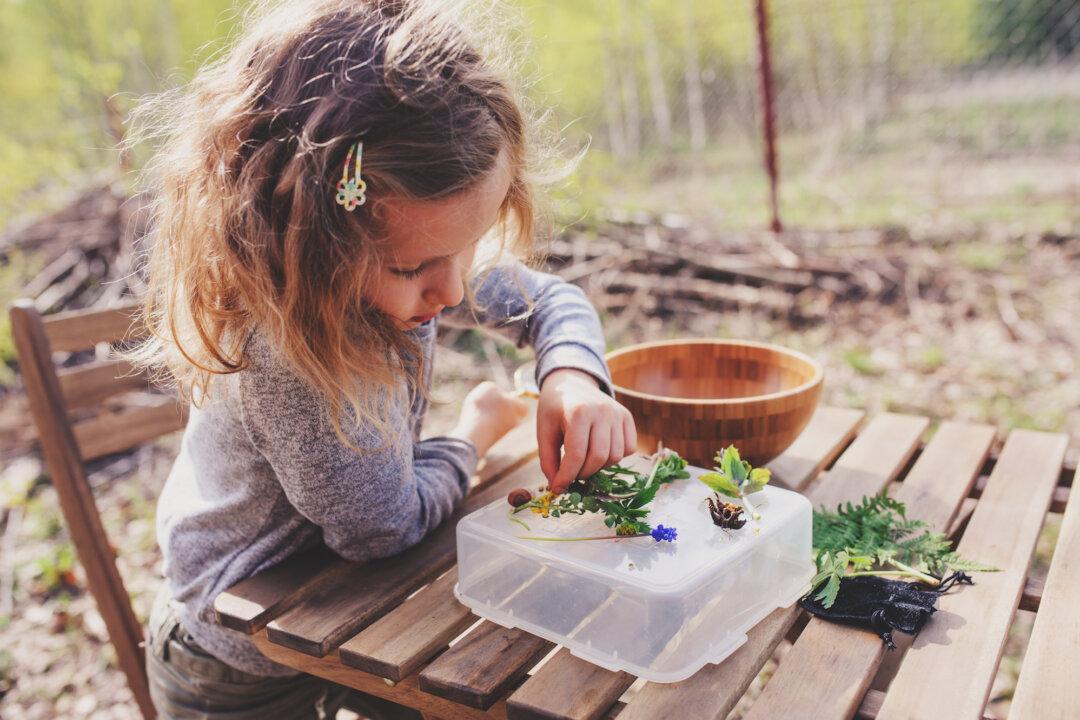Starting out as a new homeschooling parent can be both exciting and overwhelming. Some are thrilled to finally take the reins and hit the ground running. Others have no idea where to begin and wish that someone would just tell them what to do.
The thing is, there is no one correct way to homeschool. The possibilities are many. That is, of course, an enormous blessing, but can also be overwhelming. When you can do just about anything, you may end up doing nothing at all.






